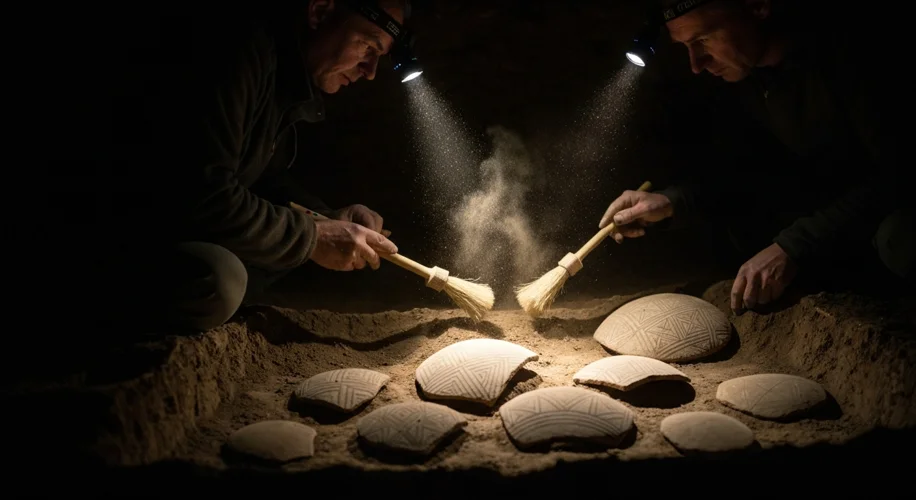The very soil of Saxony, Germany, whispers tales of millennia past. It’s a land where the earth itself has become a canvas, revealing strokes of human history so profound they reshape our understanding of our ancestors. For centuries, intrepid archaeologists have delved into this rich tapestry, unearthing treasures that speak of prehistoric migrations, early medieval life, and the very foundations of civilization.
Imagine standing on a windswept hill, the same one where, over 6,000 years ago, Neolithic farmers meticulously crafted their tools and settled their communities. Saxony’s landscape is dotted with the remnants of their lives – remnants that have been meticulously brought to light. The discovery of large, communal longhouses, often accompanied by burial sites, tells a story of organized societies, of shared labor, and of a deep reverence for their ancestors. These were not mere scattered settlements; they were the beginnings of villages, the embryonic forms of the towns and cities that would rise centuries later.

But Saxony’s story doesn’t begin with farming. Dig deeper, and you find echoes of even earlier inhabitants. The Paleolithic and Mesolithic periods, often considered the deep past, have also left their indelible marks. Flaked stone tools, remnants of ancient hearths, and even the rare, exquisite engraved bone artifacts found in Saxony offer tantalizing glimpses into the lives of hunter-gatherer bands. These were people who mastered their environment, who understood the nuances of the local flora and fauna, and who created art in the most ephemeral of materials. Each stone tool, each fragment of bone, is a testament to their ingenuity and survival.
Fast forward to the Bronze Age, a period synonymous with monumental change. Saxony has yielded significant evidence of this transformative era. The discovery of bronze weaponry, tools, and intricate jewelry speaks of a society that had mastered metallurgy, a skill that revolutionized warfare, agriculture, and trade. Hoards of bronze artifacts, often buried deliberately, suggest not only the wealth and status of individuals but also ritualistic practices and the establishment of trade networks that stretched far beyond the region.
The early medieval period, a time often shrouded in myth and legend, is where Saxony’s archaeological narrative truly ignites with a familiar glow. The region was a crucial part of the expanding Frankish kingdoms and later the Holy Roman Empire, and its soil holds the secrets of Slavic and Germanic tribes who interacted, clashed, and ultimately shaped the cultural landscape. The discovery of fortified settlements, akin to early castles or ‘Burgen,’ provides insights into the power structures and defensive strategies of the time. Excavations have unearthed not only weapons and armor but also everyday objects like pottery, tools, and even the remnants of textiles, painting a vivid picture of daily life for the people who lived and defended these strategic locations.
One of the most fascinating aspects of archaeological work in Saxony is the sheer diversity of periods represented. From the earliest traces of human activity to the complex societies of the early Middle Ages, the region offers a continuous narrative of human development. Discoveries like the opulent burial sites of early medieval nobility, complete with intricate grave goods, reveal social hierarchies and the profound influence of religious beliefs on funerary practices. The presence of trade goods from distant lands further underscores Saxony’s historical role as a crossroads of cultures and commerce.
These findings are not mere curiosities; they are vital pieces of a grander puzzle. Each artifact, each excavated structure, contributes to a more nuanced understanding of how our societies evolved. They challenge long-held assumptions, fill in gaps in historical records, and, most importantly, connect us directly to the lives, struggles, and triumphs of those who came before us. The ongoing work in Saxony is a dynamic process, a continuous unfolding of stories etched in stone, pottery, and bone, reminding us that the past is not a distant country but a living presence beneath our feet.

